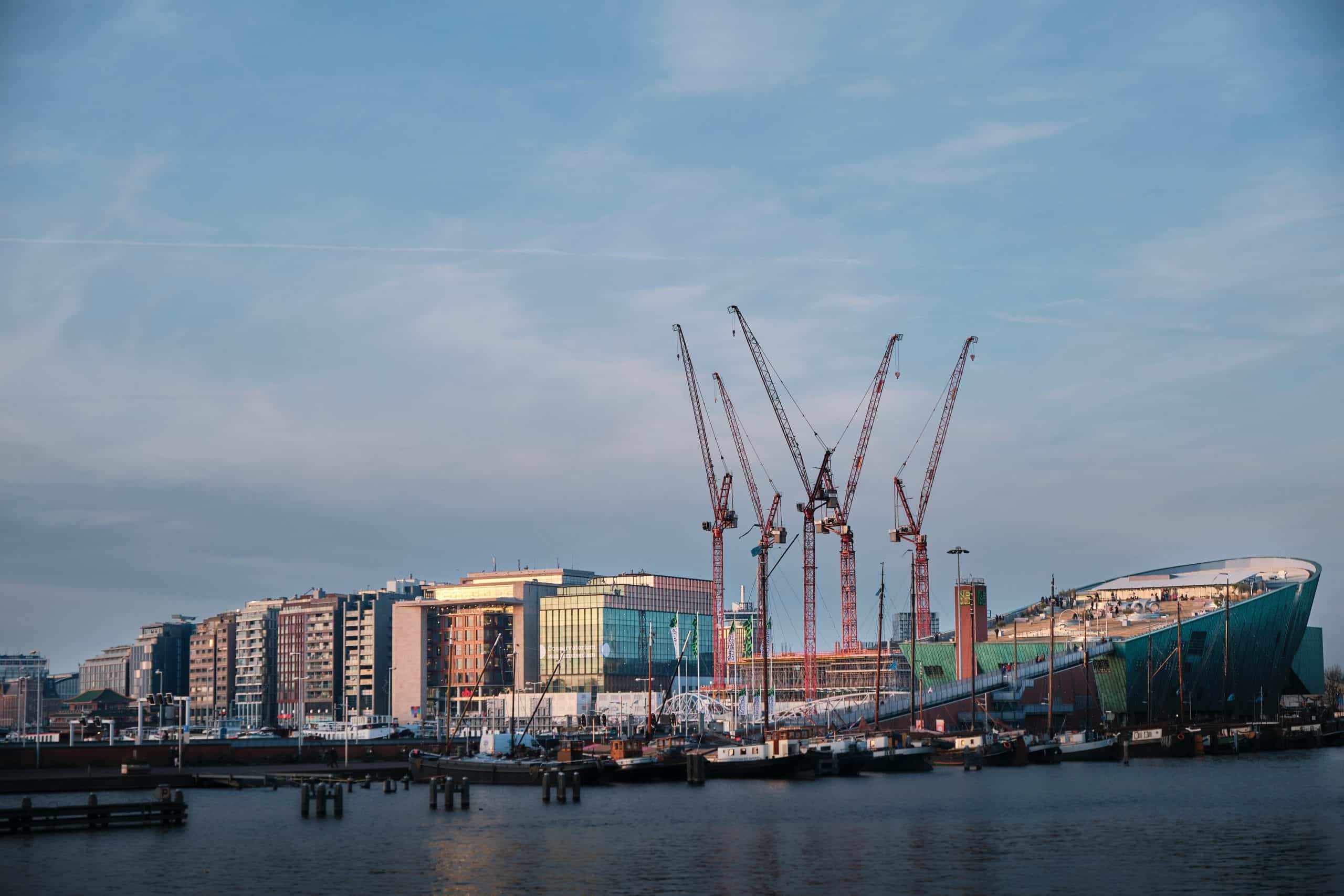
Are you planning to buy a home in the Netherlands? Do you have doubts about purchasing an existing or newly built home? Find out the benefits and drawbacks of buying a newly built home or an existing one.
Benefits of buying a new build home
A new build home is a home that still needs to be built. When you buy an existing property, the seller indicates the asking price. As a buyer, you place a bid. In the current real estate market, the buyer often overbids and pays a higher price. When you buy a new project, you pay a fixed price to the property developer. Besides that; there are a couple of other benefits of buying a new build home:
1. New build homes are sustainable and energy-efficient. Energy-efficient homes have good insulation and ventilation systems which means lower monthly bills.
2. No expected building maintenance costs when moving in.
3. A flexible floor plan gives you the freedom to design your own home.
4. You can avoid overbidding because newly build homes are sold at a fixed price.
5. You save money on closing fees.
Excluded from closing fees when buying a new build home:
1. Property transfer tax
2. Appraisal costs
3. Real estate agent commission
4. Notary fees (ownership deed)
Disadvantages of a newly-built:
1. There’s a fixed price with no option to negotiate.
2. The bathroom, kitchen, or floor could be excluded from the purchase price, which means you need to put down extra funds to make your new home habitable.
3. It could be challenging to get in between a new build project. It helps if you have a lucky charm when you want to buy a new build home. Your lucky charm helps you to be drawn during the lottery. The property developer randomly draws the lucky buyer.
4. You have less freedom to choose a location.
5. It can take up to two/three years to complete a project. In the meantime, you must pay rent or an existing mortgage alongside the mortgage for the new build home.
6. There’s a real possibility that you need to wait longer to move into your new home. Minor delays are regular practice when purchasing a new build home.
7. You buy a project from the sketches and drawings without seeing your new home first. The result could be different than expected.
Benefits of buying an existing home:
1. You have more options and freedom to choose where to live by location—for example, city centers.
2. You can negotiate the price and visit the property beforehand.
3. There’s a shorter waiting time between the date of purchase and the handover date.
Disadvantages of an existing property:
1. You need to pay closing fees. These fees include property transfer tax, appraisal costs, and notary fees.
2. You buy someone else’s creativity that’s put in the home.
3. Energy labels are less energy efficient, which means higher energy bills.
4. Older buildings need more maintenance.
Mortgages for new build homes
Mortgages for new construction projects work almost the same way as for an existing home. The first step is to calculate how much you can afford and determine how much you want to spend. A maximum mortgage amount for a new build home cannot exceed 100% loan to value. Your income and expenses determine mortgage affordability to borrow for your new home.
The next step is to find a potential property and apply for a lottery.


Mortgage process for new build homes
A property developer draws and selects the buyer. After signing a purchase agreement, it’s time to arrange a mortgage. As soon as your mortgage is approved, you sign a mortgage deed at the notary.
1. When you buy a new build home, you purchase the ground, and the rest of the funds stay at the bank in a separate account.
2. After signing the ownership deed at the notary, you immediately start paying your mortgage.
3. The first payment from the bank to the notary pays the ground and preparatory construction work.
4. The remaining mortgage amount is deposited in a building account. Those funds are accessible when the property developer finishes a part of the construction. The developer sends you an invoice, and you send it to the bank. The bank transfers the outstanding amount to the developer.
5. The building account does not cover additional costs, for example, kitchen, bathroom, or flooring.
6. You receive interest for the amount in the building account. However, during the construction phase, you incur an interest loss which is the difference between the interest paid and interest received.
7. If the developer cancels the project, you do not pay any fees for withdrawing the mortgage offer.
Types of interest loss
Loss of interest occurs when you pay interest on a new-build home while you are not living in it at all. Two types of interest loss:
1. Construction interest expense
2. Capitalized interest
Construction interest expense occurs when you start repaying your mortgage as soon as you sign a mortgage deed at the notary, even though the construction has not yet begun.
You can increase your mortgage to cover the construction interest loss. If you buy a property after the contractor has begun the work, you pay capitalized interest. Before you sign a purchase agreement, the contractor has already incurred expenses. On top of the selling price, the contractor adds his interest.
Schedule a complimentary introductory call with our mortgage specialists. We specialize in mortgages for expats and are dedicated to navigating you through the home-buying process.
-
Get clarity on your financial possibilities.
-
Access to a trusted network.
-
Highly competitive rates and flexible terms.
-
English translations of bank documents are shared.

- 100% Independent Advice




